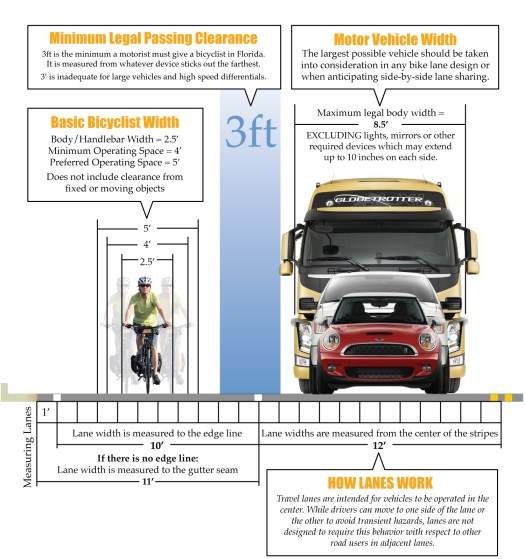Summer doesn’t end until September 21st, but in past Septembers the Shore towns became quiet after Labor Day Weekend. This year has been different in so many ways, in addition that visitors may be staying in towns along the Jersey Shore through the end of the month, and perhaps even longer because work and school may have been halted, delayed, or virtual.
There will be a continued, somewhat reduced volume of automobiles on the roads during Covid, but since March, even though there have been fewer vehicles miles traveled (VMT), there have been MORE fatal traffic collisions. These crashes are mostly due to excessive speeding, and partly a result of more open-feeling roads where drivers feel more entitled to run stop signs, cruise though right turns at traffic signals, and behave more aggressively toward other road users, specifically people riding bikes.
Asbury Park Complete Streets Coalition strives to educate drivers and people riding bikes to ensure that we can all stay safe. While Asbury Park is gradually implementing infrastructure to #slowthecars and make it safer for people who ride bikes, there is a lot of misunderstanding about how bicycle riders may use the roadway, where, and how.
In every jurisdiction in NJ bike riders may “use the full lane”, meaning that people on bikes have the rights and privileges of people driving. If a bike rider is causing a significant slowing of the flow of traffic, the bike rider should move to the right if practicable, and people on bikes are NOT required to give way to drivers.
Asbury Park is implementing bike lanes which so far are mostly painted outside of parked cars next to moving traffic. These lanes are useful for indicating that bike riders may be present, and they serve as traffic calming to #slowthecsars, but paint doesn’t protect. The vast amount of asphalt is still devoted to motor vehicles, leaving a narrow slice of roadway where driver side doors may swing open (the “dooring zone”), causing bicyclists serious injury or death. In places where there are no bike lanes at all, there may be grates, or debris in the shoulder, so people on bikes should ride on the roadway, ride predictably, and NOT hug the curb. Use bright bike lights, especially on the back, even during the day.
Bike lane in the “dooring zone”.
Finally, on signage:
In many cities like AP, where the jurisdiction or DOT has built infrastructure and put up signage for bicycling, there’s the ubiquitous yellow “Share The Road” sign, which is intended to mean that drivers should defer to people on bikes, but it’s often read the opposite way, that people on bikes should share the road with drivers. Even more problematic, are signs in Asbury Park that state “Bike Lane Ahead” or “Bike Lane Ends”. Drivers may easily misconstrue these signs to mean that people on bikes are only permitted in these areas on the bike lanes, and not to ride on the roadway, and that they must somehow vaporize when the bike lane disappears.
No more Share The Road signs.
Misleading sign indicating that bike riders are only permitted here.
Misleading signage indicating that bike riders are not permitted beyond this point.
Let’s urge city leaders to address the need for more, and better infrastructure for people riding bikes. Help APCSC educate about bike riding. And meanwhile let’s get on our bikes and ride! There will be more driver awareness when there are more people riding bikes.
Onward!
.








